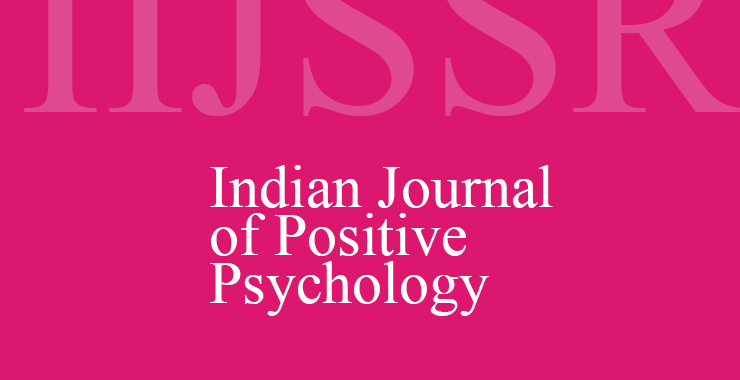Examining Psychological Wellness: Living Apart together vs. Proximal Couples and their Adolescents
Original price was: ₹ 201.00.₹ 200.00Current price is: ₹ 200.00.
Page: 178-182
Shikha Johari1, Ritu Singh2, and Manisha Mehra3 (Department of Human Development and Family Studies, College of Home Science, G.B. Pant University of Agriculture & Technology, Uttarakhand1,2 and Department of Human Development and Family Studies, Faculty of Family and Community Sciences, The Maharaja Sayajirao University of Baroda, Vadodara, Gujarat3)
Description
Page: 178-182
Shikha Johari1, Ritu Singh2, and Manisha Mehra3 (Department of Human Development and Family Studies, College of Home Science, G.B. Pant University of Agriculture & Technology, Uttarakhand1,2 and Department of Human Development and Family Studies, Faculty of Family and Community Sciences, The Maharaja Sayajirao University of Baroda, Vadodara, Gujarat3)
A considerable amount of evidence suggests that marriage, as opposed to other relationship types, confers more health benefits and is widely seen as the ultimate elixir of life. However, with the growing prevalence of new marital arrangements emerging every day, it becomes imperative to map the moderative effect of these arrangements on the psychological health of individuals. This study aimed to investigate the psychological health of couples and their adolescents. Using the snowball sampling technique, a sample of Living Apart Together couples (LATC; n1=75), Proximal couples (PC; n2=75), and adolescents (n3=75) was identified from the district of Udham Singh Nagar, Uttarakhand. Responses were recorded using the Anxiety, Depression, Stress Scale by Bhatnagar et al. (2011). Results revealed that Living apart together couples exhibit higher stress and anxiety than their counterparts. It was noted that there were no discernible differences in the psychological well-being of adolescents from Living Apart Together Couple (LATC) families and those from Proximal Couple (PC) families. The results underscore that the higher stress and anxiety levels observed in LAT couples may stem from the unique challenges associated with maintaining intimacy and communication while living apart, highlighting the need for tailored support and interventions for couples navigating such arrangements. Furthermore, the lack of significant differences in psychological health between adolescents from LAT and PC families raises intriguing questions about the resilience and adaptability of adolescents within varying family structures.

